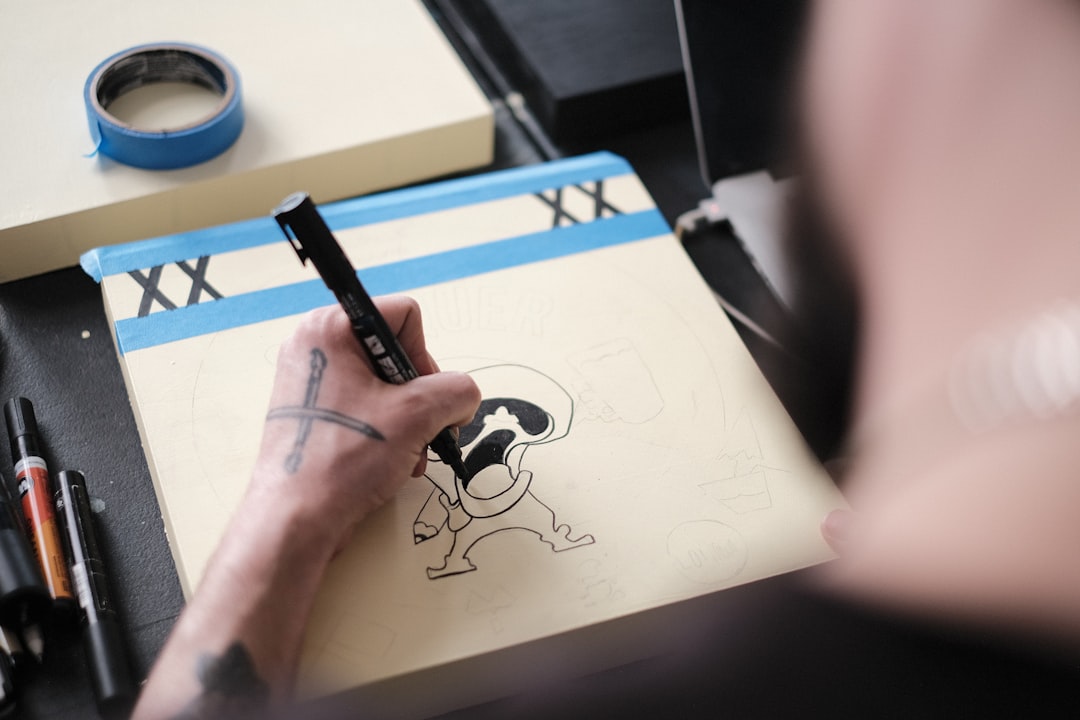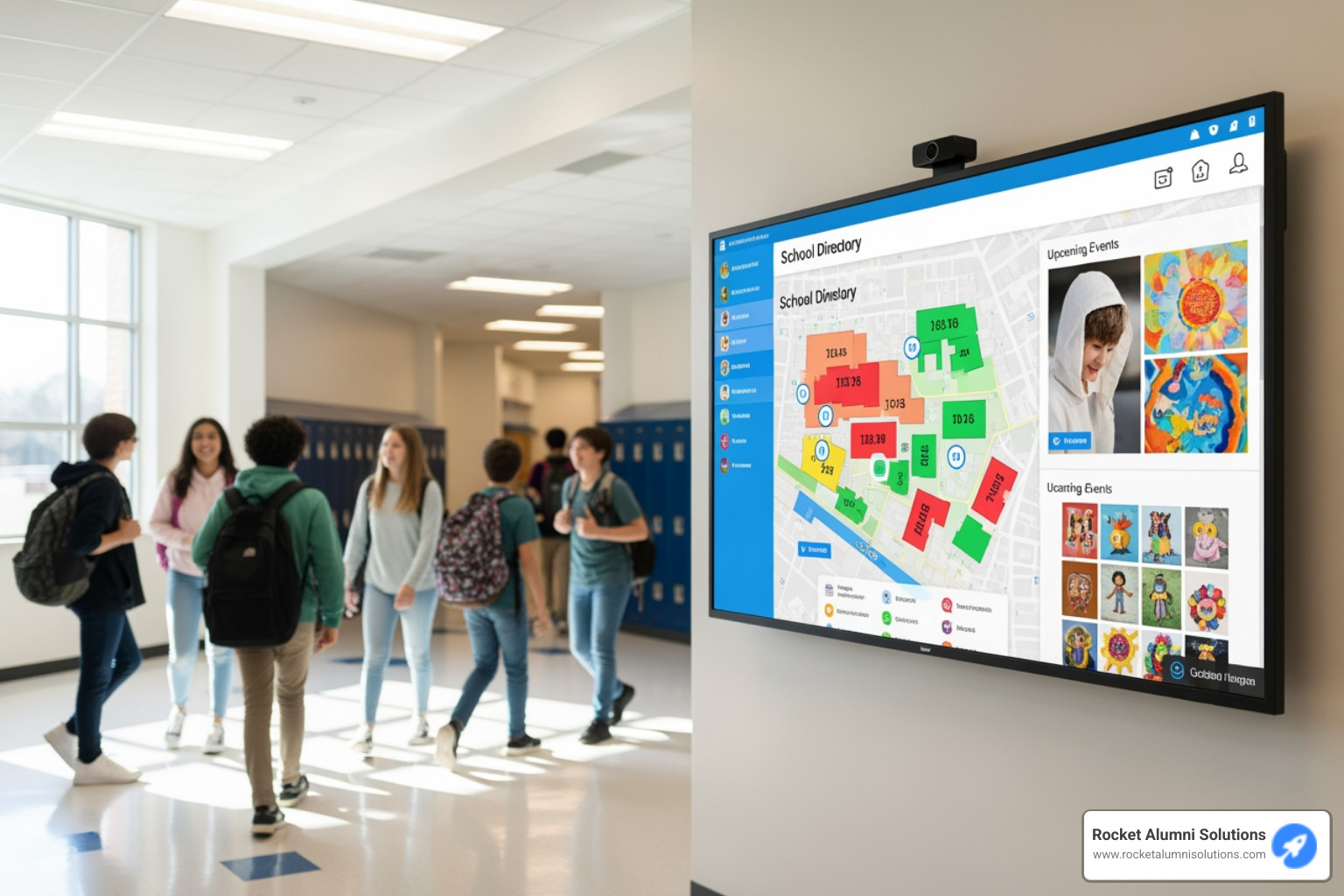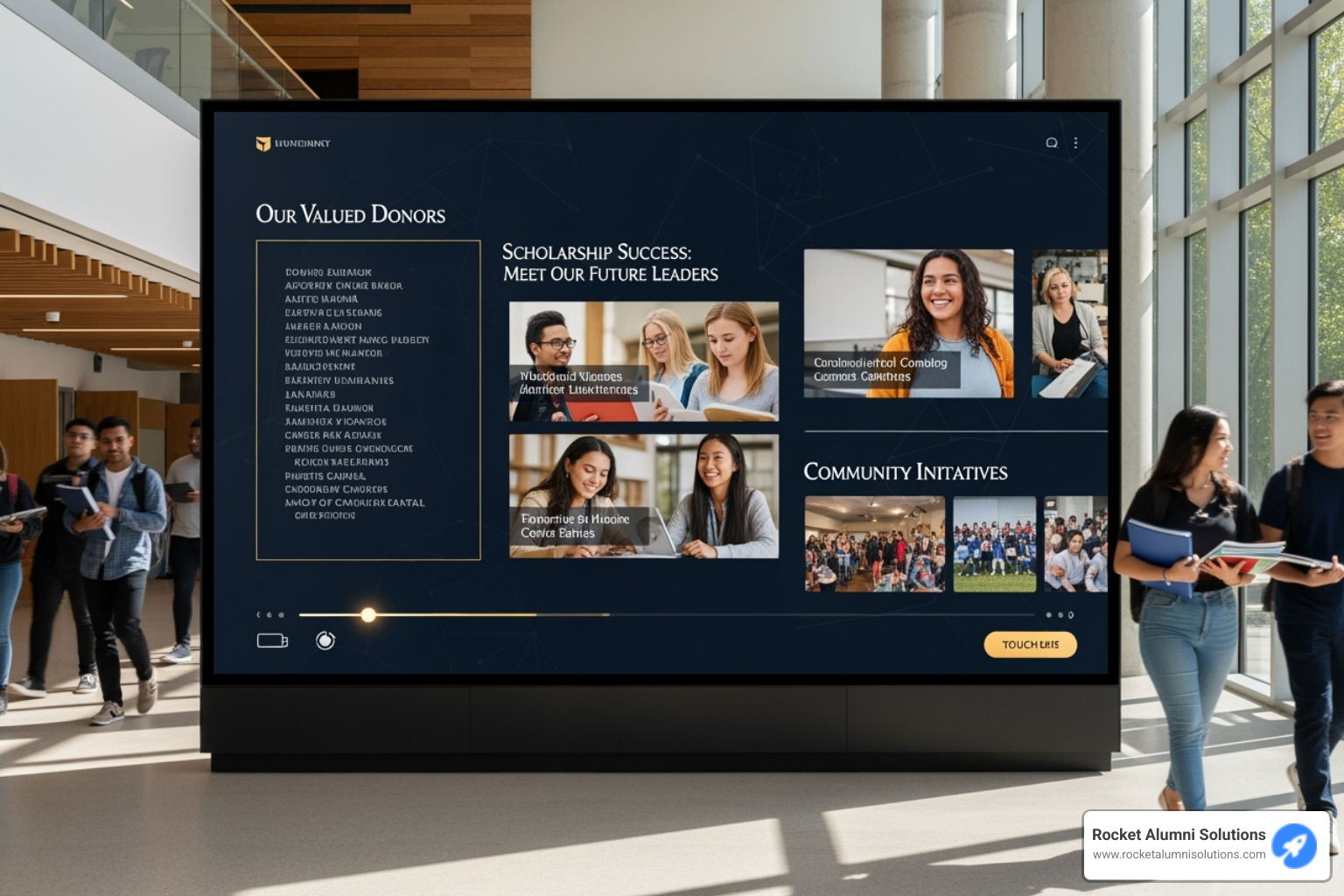Flip book stick figure animation transforms simple drawings into moving stories through the magic of persistence of vision. When you flip through pages of slightly different stick figure drawings, your brain connects them into smooth motion - the same principle that makes movies work.
Quick Start Guide for Flip Book Stick Figure Animation:
- Materials needed: 20-40 index cards, fine-tip marker, binder clip
- Basic process: Draw stick figure on last page, then work backwards with small changes
- Smooth motion: Use at least 20 frames for basic movement, 40+ for professional results
- Key tip: Keep figures in the same spot on each page for consistent animation
This hands-on approach to animation has been captivating creators since the 19th century. Making art can be intimidating, but stick figures are actually perfect starting points for animation.
Why stick figures work so well for flip books:
- Simple shapes are easier to repeat consistently
- Focus stays on movement rather than complex details
- Quick to draw, allowing more time for storytelling
- Universal appeal across all ages and skill levels
I'm Chase McKee, founder of Rocket Alumni Solutions, where we help schools create engaging digital displays that bring static achievements to life through interactive animation. My experience building touchscreen software taught me that the principles behind flip book stick figure animation - breaking complex motion into simple frames - apply whether you're working with paper or pixels.

The beauty of creating a flip book stick figure animation lies in its simplicity - you probably already have most of what you need sitting in your desk drawer right now.
You'll need index cards - about 20 to 40 of them, depending on how smooth you want your animation to look. Standard 3x5 inch cards hit that sweet spot of giving you enough drawing space without feeling overwhelming.
Next, grab a fine-tip marker for your final drawings and a light pencil for sketching initial ideas. Don't forget a binder clip or rubber band to keep everything together.
One educator noted: "A flip book with 20 index cards can show a simple stick figure animation, but using double the amount (40 cards) creates a much smoother transition of movements." More frames always mean smoother motion.
Here's a pro tip: number your pages before you start drawing. Also, if you can find slightly heavier paper stock, grab it - it flips better and feels more professional.
Index Cards vs. Sticky Notes Comparison:
| Feature | Index Cards | Sticky Notes |
|---|
| Durability | Excellent - thick cardstock | Good - but can tear easily |
| Flip Quality | Smooth, professional feel | Adequate for quick tests |
| Drawing Surface | Large, clean canvas | Smaller, limited space |
| Cost | Moderate | Very affordable |
| Portability | Requires binding | Self-adhesive, portable |
| Best For | Final projects | Quick sketches, practice |
For deeper insights into traditional and digital animation techniques, check out this Moving Image: DIY Flip Book guide from ICA Boston.
Optional Upgrades & Digital Helpers
Once you've mastered basic flip book stick figure animation, a few upgrades can improve your work without breaking the bank.
A lightbox (or even a bright window) works perfectly for tracing consistent character positions between frames. This "onion skinning" technique lets you see your previous drawing faintly through the paper.
If you plan to share your flip book, a tripod phone stand keeps your phone steady while recording.
For digital exploration, onion-skin apps and FlipaClip bring traditional flip book magic to your phone or tablet. Draw a Stickman is also fun for thinking about stick figure movement and storytelling.
At Rocket Alumni Solutions, we've seen students create incredible presentations by combining traditional flip book techniques with digital tools, mastering fundamentals first before adding digital improvements.
Planning Your Flip Book Stick Figure Storyboard

Think of your flip book stick figure animation like directing a tiny movie. Even a three-second animation needs a solid plan to avoid getting lost halfway through.
Start with a simple story arc - maybe your stick figure waves hello, takes a few steps, or bounces a ball. These basic actions teach timing and movement without overwhelming your artistic skills.
Thumbnails become your blueprint. Sketch tiny, rough versions of your key moments on scrap paper. These help you visualize the flow from start to finish.
Your key poses are the superstar moments - the highest point of a jump, the furthest stretch of a wave, or when a ball hits the ground. Once you nail these crucial positions, the in-between frames practically draw themselves.
Timing charts are simply your roadmap for pacing. Decide which actions should zip by quickly versus slower movements that need more frames. A quick blink happens fast, but a thoughtful wave takes time to feel genuine.
Smart animators plan for anticipation (crouching before jumping) and follow-through (body parts continuing to move after the main action). Even simple secondary action like swaying arms can bring your stick figure to life.
Getting your frame count right makes the difference between choppy motion and smooth animation magic.
Start with a 20-page minimum for basic motion. It might feel slightly choppy, but it's perfect for learning fundamentals. When ready to level up, aim for that 40-page smoothness that creates much more professional-looking results.
Slow versus fast action requires different approaches. A quick punch happens in one to three frames, while a careful walk needs ten or more frames to feel natural. Medium actions like throwing work best with four to eight frames.
Test flips throughout your process - flip through pages frequently while creating. If motion feels too fast, add more frames. If sluggish, remove some in-between positions.

Angles, Arcs & Background Blocks
Movement rarely happens in straight lines. Even simple flip book stick figure animation becomes more convincing when you understand natural motion.
Motion paths follow curves, not rigid lines. When your stick figure waves, their arm travels in an arc. Bounce arcs create realistic ball movement - think parabolic curves rather than sharp angles.
Your ground line anchors your entire animation, preventing characters from floating mysteriously. Add a horizon line for extra context.
Camera shake tricks add excitement by moving your entire stick figure slightly between frames. Create zoom effects by drawing progressively larger or smaller characters.
Simple background blocks like a ball or box give your stick figure something to interact with, helping tell a more complete story.
Drawing Like a Pro: Consistency & Expression

Creating professional-looking flip book stick figure animation isn't about being a great artist - it's about being consistent. The biggest challenge isn't drawing skill, it's keeping stick figures the same size and position from frame to frame.
Registration marks are your secret weapon - small dots or lines at page corners that keep your character anchored in the same spot. Think of them as invisible fence posts.
The anchor point technique involves choosing one body part (usually the head or torso) and keeping it in exactly the same position on every frame. Everything else can move, but your anchor stays put.
For proportions, make the head one circle, the torso an oval about one and a half times the head's height, and keep arms and legs roughly the same length throughout.
Your drawing order matters: start with the head as anchor, add the torso in the same relative position, then attach arms and legs at consistent joint points. Save details for last.
As one educator shared: "Keep the character design very simple to ease repetition. Always draw the figure in the same spot on each card for consistency."
Once you've sketched frames in pencil, it's time for clean, final drawings that look crisp when flipped rapidly.
Thin, consistent lines are essential. Inconsistent line weights create distracting flicker effects that break the illusion of smooth motion.
Your clean-up process: trace over pencil guidelines with fine-tip marker, add motion lines, then carefully erase pencil marks after ink dries completely.
Avoiding smudges requires strategy. Keep scrap paper under your drawing hand, work systematically to avoid dragging across wet ink, and always cap your marker when not drawing.
Motion lines add professional polish but keep them simple. Short lines behind moving objects show direction and speed, but too many effect lines create confusion.
Stick figures can pack surprising personality into just a few simple lines.
Facial expressions start with basics: curved line for smile (happy), downward curve for frown (sad), wide circle eyes and open mouth (surprised), angled eyebrows and frown (angry). Keep expressions simple enough to draw consistently.
Body language tells stories without facial features. Confident figures stand with chest out and arms akimbo. Nervous characters have hunched shoulders. Excited figures bounce with raised arms, while tired ones slump with drooping heads.
Simple props add story context without overwhelming your animation. A triangle hat, circle ball, or rectangle backpack gives your character purpose and personality.
For color, less is more. Choose one accent color and use it consistently - maybe a red shirt or blue backpack. This helps viewers track your character and adds visual interest without slowing your drawing process.
Troubleshooting, Sharing & Classroom Uses

Creating your first flip book stick figure animation can feel magical when everything clicks - but sometimes you hit bumps along the way.
Choppy motion happens when changes between frames are too big. The fix? Add more in-between frames or make smaller adjustments. Think of it like climbing stairs - you can't jump from the first step to the fifth.
Shaky registration makes characters appear to vibrate. This happens without consistent anchor points. Use registration marks and consider a lightbox for tracing consistent positions.
Many beginners try to animate everything at once, creating over-complicated scenes. Start simple. Focus on one main action per flip book. Master a basic walk cycle before attempting complex movements.
For recording your finished animation, use a tripod to keep footage steady. Film from directly above with consistent, bright lighting. For digital sharing, scan individual frames and use simple editing apps to create GIFs.
Classroom Integration opens exciting possibilities beyond art class. Physics teachers can use flip book stick figure animations to demonstrate gravity and motion principles. Math educators can explore timing and ratios through the animation process.
We've worked with schools to integrate flip book projects with our Interactive Digital History Experience displays. Students love seeing how traditional animation connects to modern digital storytelling.
Educational benefits extend beyond animation skills. Students develop hand-eye coordination, learn patience and planning, encourage creative problem-solving, and build understanding of sequential processes.
Going Digital Without Losing the Handmade Charm
The magic of flip book stick figure animation lies in its handcrafted quality. Digital tools can improve and share your work without sacrificing that authentic touch.
The scan-and-stitch process preserves your original while creating shareable versions. Photograph each frame with consistent lighting, import into simple animation software, adjust timing, then export as GIF or video.
Hybrid approaches give you the best of both worlds. Create physical flip books first, then digitize for portfolios. Use digital tools for planning but stick to traditional methods for final animation.
Maintain authenticity by resisting over-editing. Keep visible pencil marks and imperfections - they're part of your animation's personality. Share both physical and digital formats so viewers appreciate the craftsmanship.
Community sharing opens opportunities for feedback and inspiration. Post time-lapse videos of your process, create tutorials, and join online flip book communities.
At Rocket Alumni Solutions, we've seen students combine traditional flip book techniques with digital displays to create presentations that wow classmates and teachers, creating powerful learning experiences that stick with students long after projects end.
Keeping your flip book stick figure characters consistent is the difference between professional-looking animation and wobbly chaos.
The template technique works like magic. Draw your perfect stick figure on separate paper, then place this template under each flip book page. Trace basic proportions through the paper, then modify just the moving parts. A lightbox or bright window makes this even easier.
For precision, the measurement method keeps everything mathematically consistent. Use a ruler to mark your head size (about half an inch), then measure torso length from there. Check these measurements every few frames.
The grid system appeals to structured learners. Draw light grid lines on your first few pages, using squares to maintain consistent proportions. Erase grid lines after inking final drawings.
Slight imperfections add charm to hand-drawn animation. Focus on keeping overall proportions close rather than making every frame identical.
What's the quickest beginner animation to try first?
I always recommend starting with a simple waving stick figure. This teaches fundamental principles without overwhelming beginners.
Your waving animation needs just twelve frames to look smooth. Start with arm at side, gradually raise it over three frames, spend three frames with arm extended waving back and forth, three more frames waving in opposite direction, then three frames returning to start.
This works perfectly because only one body part moves while everything else stays consistent. It's much easier to keep head, torso, and legs the same when focusing on animating one arm.
Once your basic wave looks good, you can expand on success by adding facial expressions or a second character waving back.
Can I mix digital frames with paper ones?
Absolutely! Some of the most creative flip book stick figure animations mix traditional and digital techniques.
Digital backgrounds with paper characters create striking results. Design detailed backgrounds digitally, animate stick figures on paper, then combine them later. This lets you focus hand-drawing energy on moving parts while keeping backgrounds consistent.
Another popular combination uses digital tools for planning but keeps final animation on paper. Apps with onion-skin features help you see previous frames while drawing new ones.
Keep digital and paper frame sizes consistent, and maintain matching resolution and aspect ratios when combining. When photographing paper frames, use consistent lighting for seamless blending.
At Rocket Alumni Solutions, we've helped schools showcase these hybrid animations through digital displays, where students see how traditional techniques connect beautifully with modern presentation methods.
Conclusion & Next Steps

Congratulations! You've learned the fundamentals of flip book stick figure animation - the same principles that power every animated movie and digital display you've ever seen. What started as simple stick figures on index cards has given you a foundation in timing, consistency, and visual storytelling.
The beauty of flip book animation is that it never really ends. Every time you pick up those index cards, you find something new about movement, timing, and how simple drawings tell powerful stories.
Focus on building confidence through practice. Start with that basic waving animation, then gradually work up to walk cycles and jumping motions. Don't rush - even professional animators return to simple exercises when learning new techniques.
At Rocket Alumni Solutions, we've watched countless students transform from nervous beginners to confident animators. Week one brings wobbly stick figures. By week four, those same students create smooth, expressive characters that tell complete stories.
The skills you're developing extend far beyond entertainment. Students use flip book stick figure techniques to explain scientific concepts, demonstrate historical events, and create engaging presentations across every subject.
Consider how your animation skills might improve your school community. Many schools showcase student work through digital displays, and your flip book animations could become part of these presentations. Our Interactive School Awards Display systems have featured student animations that started as simple paper flip books.
The transition from paper to digital feels natural when you're ready. Your understanding of timing, consistency, and visual storytelling applies whether working with index cards or touchscreen displays.
Daily practice doesn't require hours. Keep index cards in your backpack. When waiting for the bus or between classes, sketch a quick three-frame animation. These micro-sessions build skills faster than expected.
Document your journey from the beginning. Take photos of first attempts, breakthrough moments, and finished projects. You'll be amazed at how quickly you improve.
The magic happens when you realize flip book stick figure animation isn't just about making drawings move - it's about understanding how small changes create big impacts, how patience leads to smooth results, and how simple tools produce extraordinary outcomes.
Every professional animator started exactly where you are now. The difference between beginner and master isn't talent - it's persistence, practice, and willingness to keep learning.
Your stick figures are waiting. Your stories are ready to be told. All you need is that first flip of the thumb to bring them to life.





















































































































































































































































































































